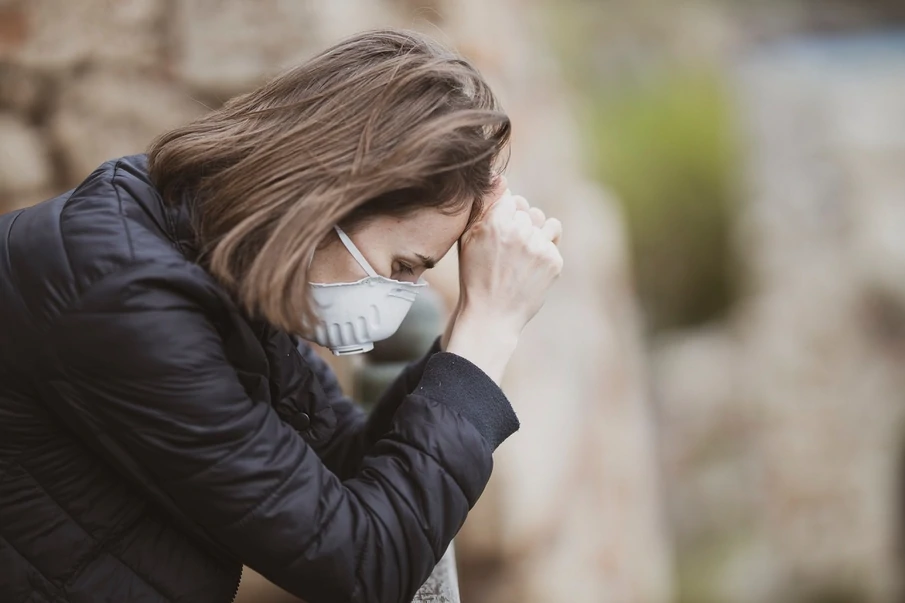Flu vs Pneumonia: How Can You Tell the Difference?
Fever. Chills. Aches. Congestion. Fatigue.
At the first sign of these symptoms, many of us immediately wonder: is this just a little “bug,” or am I really sick? Then, of course, after 2020, we also had the added stress of wondering if our symptoms indicated we had been exposed to Covid-19 or the coronavirus!
Flu and pneumonia are often confused, thanks partly to the fact that they do have some overlapping symptoms. We will take a look at those symptoms in detail here and help you understand a few key ways you may be able to distinguish between them.
The most important thing to bear in mind—whether it’s flu, pneumonia, or something else—is that you should always seek your physician’s guidance for the best course of treatment when you are sick.
FLU VS PNEUMONIA: ONLY A TEST (OR A DOCTOR) WILL TELL FOR SURE
One of the challenges with flu vs pneumonia is that we simply cannot diagnose ourselves. Most people have had this experience at least once in their lifetimes, feeling certain that “it is just a little cold” but then testing positive for something else at a physician’s office, like strep throat.
When a sickness lingers, and we do not get the proper testing, we may also be treating the sickness with the wrong over-the-counter medication and even prolonging its course.
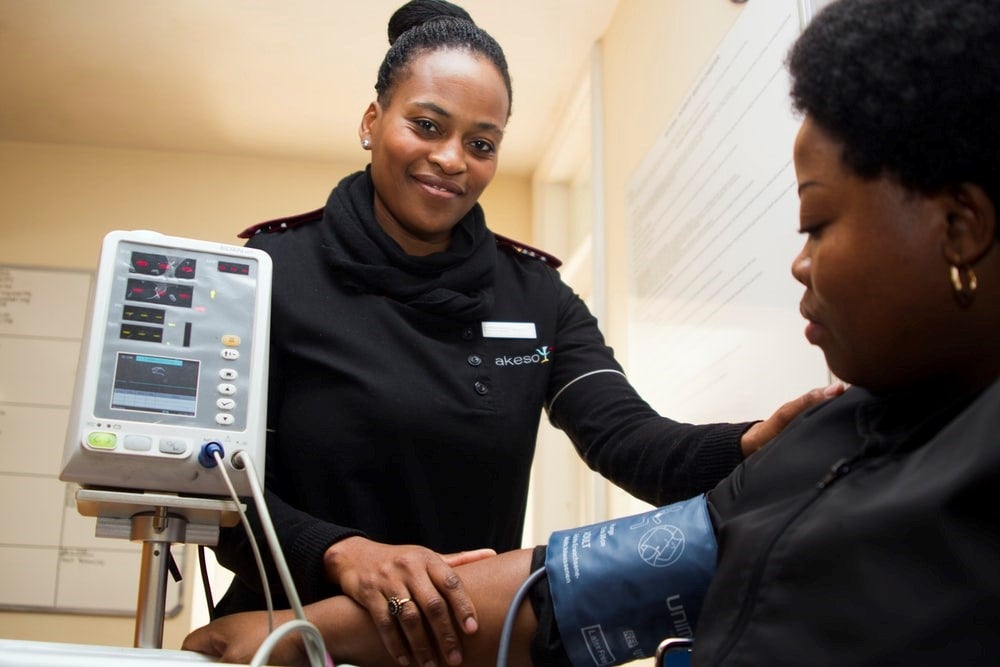
A physician can use a rapid flu test to determine if you have the flu or if there is a large influenza outbreak in your area; she may be confident in diagnosing it based on your physical symptoms. The test is simple enough: your physician will run a cotton swab up your nostril and have results back in approximately 15 minutes.
Pneumonia, on the other hand, has a wider variety of tests. For example, if your doctor suspects the possibility of pneumonia, she may order a chest x-ray, a blood test, or a sputum test (which involves testing fluid you have coughed up). There is also a pulse oximetry test to check the oxygen level in your blood.
HOW TO SPOT KEY DIFFERENCES BETWEEN FLU AND PNEUMONIA
While the aforementioned tests and an evaluation by a physician are the only way to determine with certainty if you have the flu or pneumonia (or something else entirely), there are indeed some ways you can make an educated guess by looking at symptoms and considering your overall health, your age, and any complications or risk factors.
The first and perhaps most important point to note is that it is extremely rare for healthy adults to have pneumonia. If you fall in the “healthy adults” category, you are more than likely experiencing the flu or some other type of virus.
That said, it is not out of the realm of possibility to have pneumonia, so we will take a look at the symptoms below to compare the two.
Common Flu Symptoms And Signs Of The Flu
When it comes to influenza, there are some telltale signs and symptoms that will let you know it is probably more than “just a cold.”
With the flu, we often experience:
- Body aches
- Fatigue
- A fever of 100.4 degrees or higher
- Headaches
- Dry cough
Getting the flu for many people can make you feel like you have just hit a brick wall: while we can often work and go about our regular daily routines with a cold or other minor viruses, the flu will usually send you straight to the bed (or the couch) for a few days.
Common Pneumonia Symptoms and Signs of the Pneumonia
Pneumonia shares three primary symptoms with the flu, which are:
- Fever
- Coughing
- Fatigue
However, even in those similarities, there are also differences. For example, with pneumonia, the fever can be as high as 105 degrees, and the cough will produce yellow or green mucus.
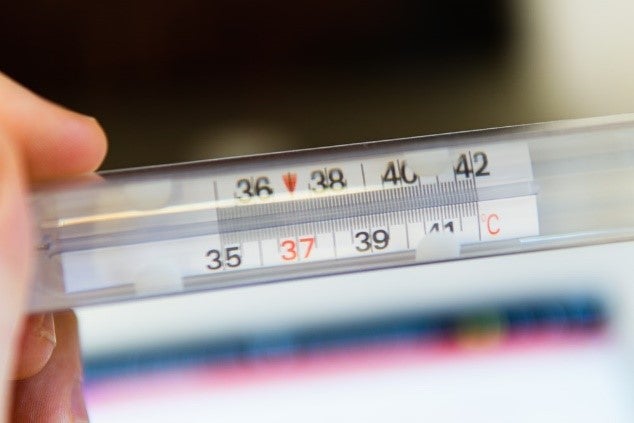
Additionally, common signs and symptoms of pneumonia include:
- Wheezing and/or the feeling that you are short of breath
- Rapid heartbeat
- Chills and/or sweating
- Loss of appetite
- A bluish tint to the lips and fingernails
- Sharp pains as you breathe deeply
- Mental confusion from decreased oxygen levels
TREATING THE FLU
Timing is incredibly significant when it comes to treating the flu: the longer you wait to see a doctor, the less effective medicine will be in managing your symptoms.
The first 48 hours of the flu is when you have the best chance of attacking your symptoms effectively with an antiviral medication like Tamiflu. After that window has passed, your illness will simply run its course, though there are some other steps you can take to provide some relief.

In most cases of influenza, your doctor will recommend the following steps:
- Rest, Rest, and More Rest! Nothing will help you fight off the flu-like adequate rest, and when people are tempted to try and simply “power through” and keep working or taking part in other activities, they may make it harder for their bodies to recover. Additionally, resting at home means you minimize passing the flu to others.
- Fluids, Fluids, and More Fluids! The fevers many people experience with influenza are also closely linked to dehydration, making you feel even more fatigued. To try and break that cycle, you should try to drink as much water as possible (and you can also add some sports drinks, clear broth, or ginger ale into the mix if you like).
- Use a Fever Reducer. Acetaminophen is a good choice when you have the flu as it not only works to reduce fevers but also treats pain, so it may help with the general achiness associated with influenza. Be sure to ask your doctor about any OTC medications if you also take prescription medication for the flu.
There is also something known as seasonal influenza. Influenza A and B viruses are responsible for seasonal influenza each year. Influenza A viruses are found in many different animals and both influenza viruses can change in two ways: antigenic drift and antigenic shift.
TREATING PNEUMONIA
Just as the flu and pneumonia have some overlapping symptoms, they also have overlapping treatments (such as rest).
However, recovering from pneumonia can, in some cases, take longer than the flu, depending on the patient’s age and overall health. It can also present some serious complications that can only be addressed in a hospital setting.
The way your physician treats your pneumonia will depend on these factors:
- Whether the pneumonia is bacterial or viral
- How serious your symptoms are
- Your age and any other health concerns (for example, if you have diabetes)
In cases where a bacterial infection caused pneumonia, an antibiotic will be prescribed to clear it. As is always the case with antibiotics, it is incredibly important to take all of the medication as prescribed, even if you start to feel better and think you no longer need it.
If you do not complete the course of antibiotics as prescribed, you increase the likelihood that the infection will return, and you will end up feeling completely lousy once again, putting you right back where you started.
If your pneumonia is viral, it cannot be treated with an antibiotic. However, there are some antiviral medications your doctor may be able to prescribe.
With both bacterial and viral pneumonia, an at-home course of treatment will likely include:
- Rest, Rest, and More Rest! Just as is the case with the flu, rest is one of the best ways you can help your body heal and recover from pneumonia.
- Fluids, Fluids, and More Fluids! In addition to addressing the dehydration associated with fever, fluids are important in cases of pneumonia as they may aid in loosening secretions which may help you cough up and expel phlegm. It is certainly one of the most unpleasant aspects of pneumonia, but it is important to cough it up and clear your airways to help with breathing.
- Use a Fever Reducer. A high fever can be one of the other unpleasant aspects of pneumonia, and your physician may recommend that you take OTC acetaminophen along with your prescription medication.
- Steam to the Rescue. Whether you take a hot bath, use a humidifier in your room, or sip on a warm beverage, steam can also help open up your airways for easier breathing.
- Avoid Smoke. If you are a smoker, one of the best things you can to help your body heal is stop smoking…immediately! Secondhand smoke should also be avoided.
PNEUMONIA COMPLICATIONS
While most people can recover from pneumonia at home, there are some cases where more extensive treatment and hospitalization may be required, including the following:
- Patients with compromised immune systems
- Patients with diabetes or cirrhosis of the liver
- Very young children or elderly patients
In severe cases of pneumonia, a ventilator may be required to address respiratory failure. A lung abscess can occur in some rare cases, which would have to be drained in a surgical procedure.
Another form of pneumonia, walking pneumonia, is a non-medical term for a milder case of pneumonia. Walking pneumonia is atypical and is often caused by a bacteria or virus, with a common bacterium known as Mycoplasma pneumonia being the most common.
Some symptoms of walking pneumonia include a sore throat, fatigue, chest pain, mild chills, a low-grade fever, persistent cough, sneezing, and headache.
AM I CONTAGIOUS WHEN I HAVE THE FLU AND PNEUMONIA?
While both can be contagious, the flu is typically much more contagious, which is why your physician will recommend an annual flu shot for prevention and to mitigate the spread.
In the case of bacterial pneumonia, if you start taking antibiotics quickly, you will not be contagious after two days.
Average Lung AirPhysio
ENJOY BETTER BREATHING - Use this 100% Drug Free Device - AIRPHYSIO
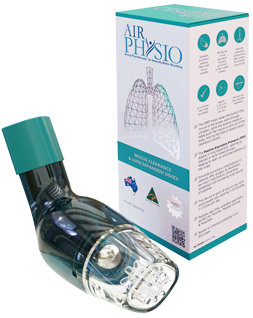
Recent Posts
Sports AirPhysio
IMPROVE YOUR SPORTING PERFORMANCE - Use this 100% Drug Free Device - AIRPHYSIO
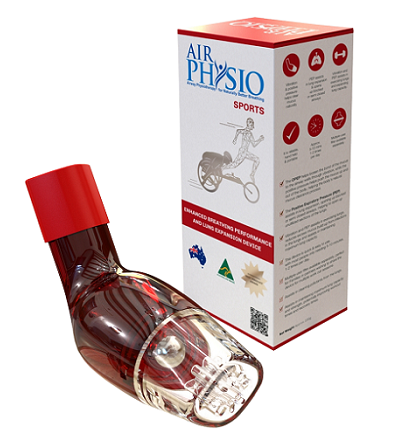
AirPhysio Child
BETTER BREATHING FOR YOUR CHILD - Use this 100% Drug Free Device - AIRPHYSIO
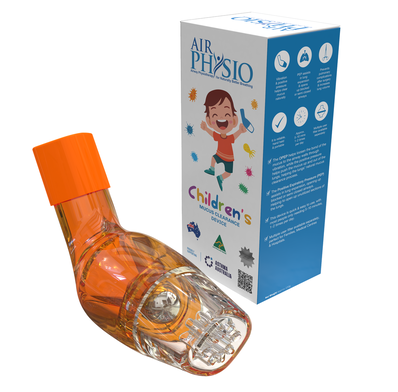
Categories
- asthma (2)
- atelectasis (2)
- bronchiectasis (2)
- copd (3)
- cystic-fibrosis (45)
- featured (10)
- uncategorized (2)

